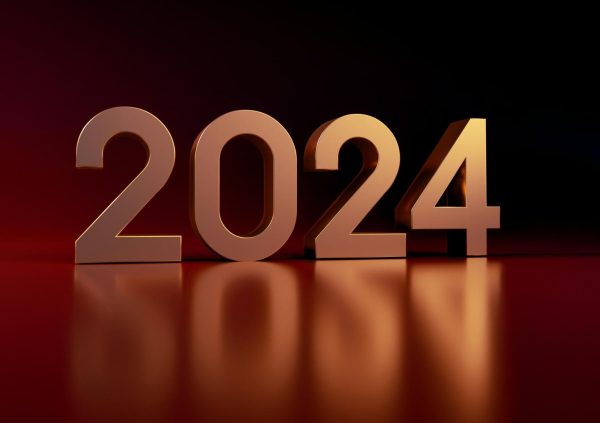Why is Veterans’ Day Important?
November 11 became a federal holiday in the United States in 1938. In school, you may have had to take a moment of silence or had a lesson in honor of Veterans’ Day. Veterans’ Day is a symbol of peace and a big part of history that many may not be aware of.
The origin of Veterans’ Day goes back to World War I. After tremendous war efforts, during what was at the time called the Great War, Germany signed an armistice agreement with the Allies at the 11th hour of the 11th day of the 11th month in 1918. In 1919, on the first anniversary, Armistice Day was marked as a day that effectively ended all military operations of World War I (despite the fact that the agreements signed upon led to World War II). This event eventually became a federal holiday and its name was later changed in 1954 to Veterans Day in the United states to honor those who had fought in all war efforts.
Different countries have their own ways of celebrating the memorial they might call Remembrance Day, Armistice Day or Veterans’ Day. Just as the day may be known by any of many names, people choose to honor it in many different ways. You might see people wearing red paper poppies in Canada because those flowers grew on the battlefields after WWI. Canada also has red poppies on its 2 dollar coins as part of a special Armistice Day mold. Poppies are also distributed in the UK. Many countries including Canada, UK, France, and Belgium observe a moment of silence at 11 am. Some countries celebrate on different days. Germans celebrate on the Sunday nearest to November 16 – known as Volkstrauertag – where the president and chancellor give speeches in front of civilians and government officials. Italy honors soldiers on November 4th, while the Netherlands celebrates on the last Saturday of June.
Veterans’ Day commemorates all the hard work and the risk that all veterans have taken to fight for their countries. It’s unlike Memorial Day in that it celebrates both living and dead veterans who gave their lives during wars.






















